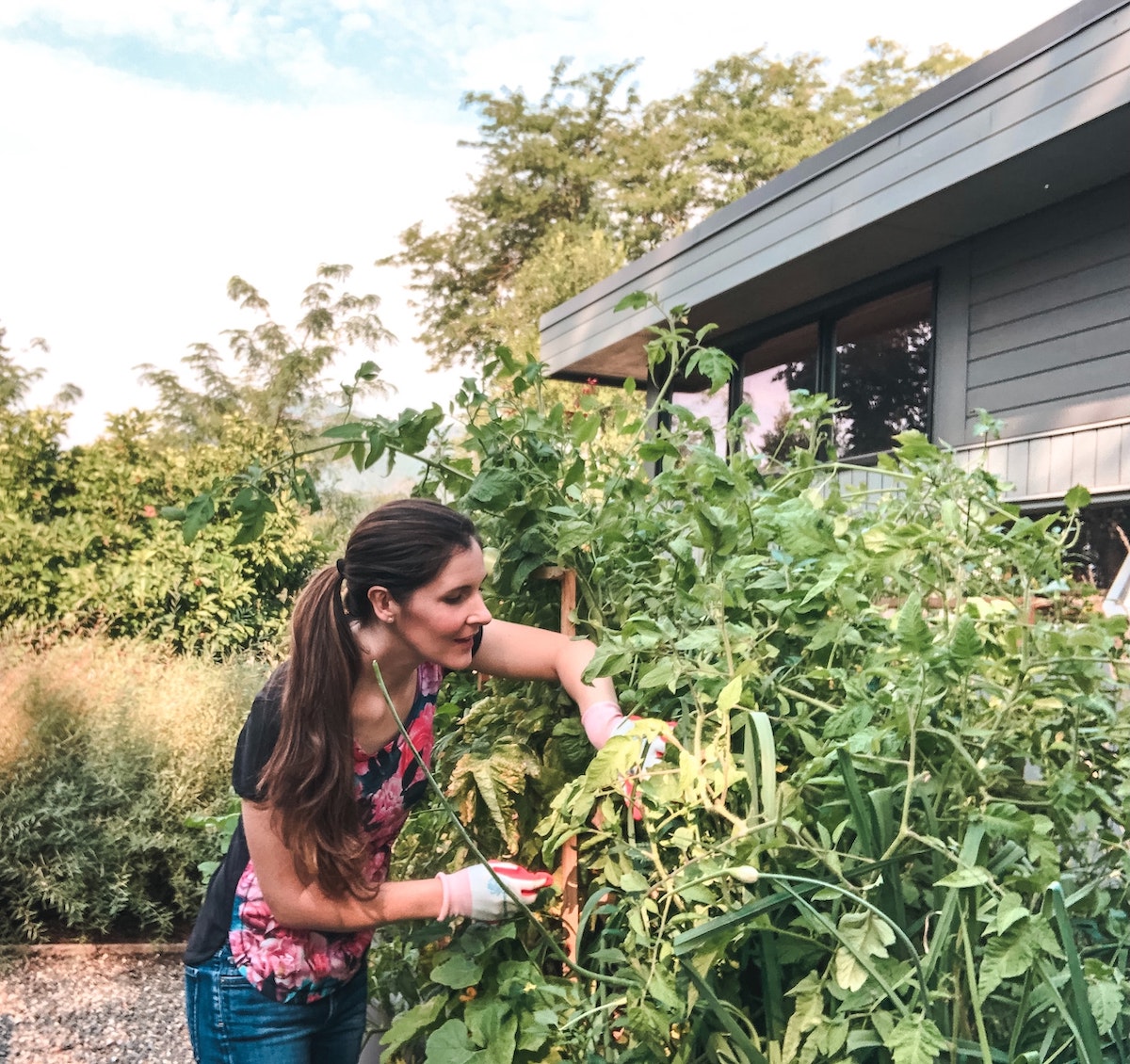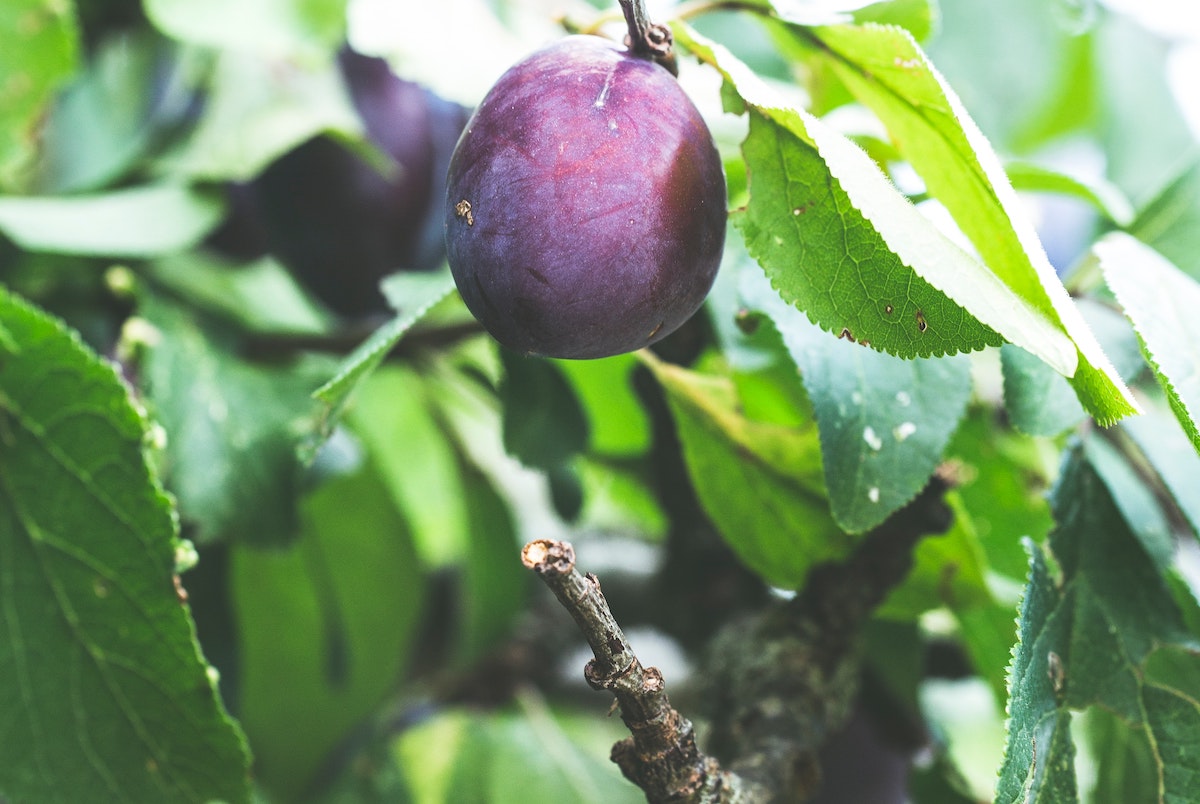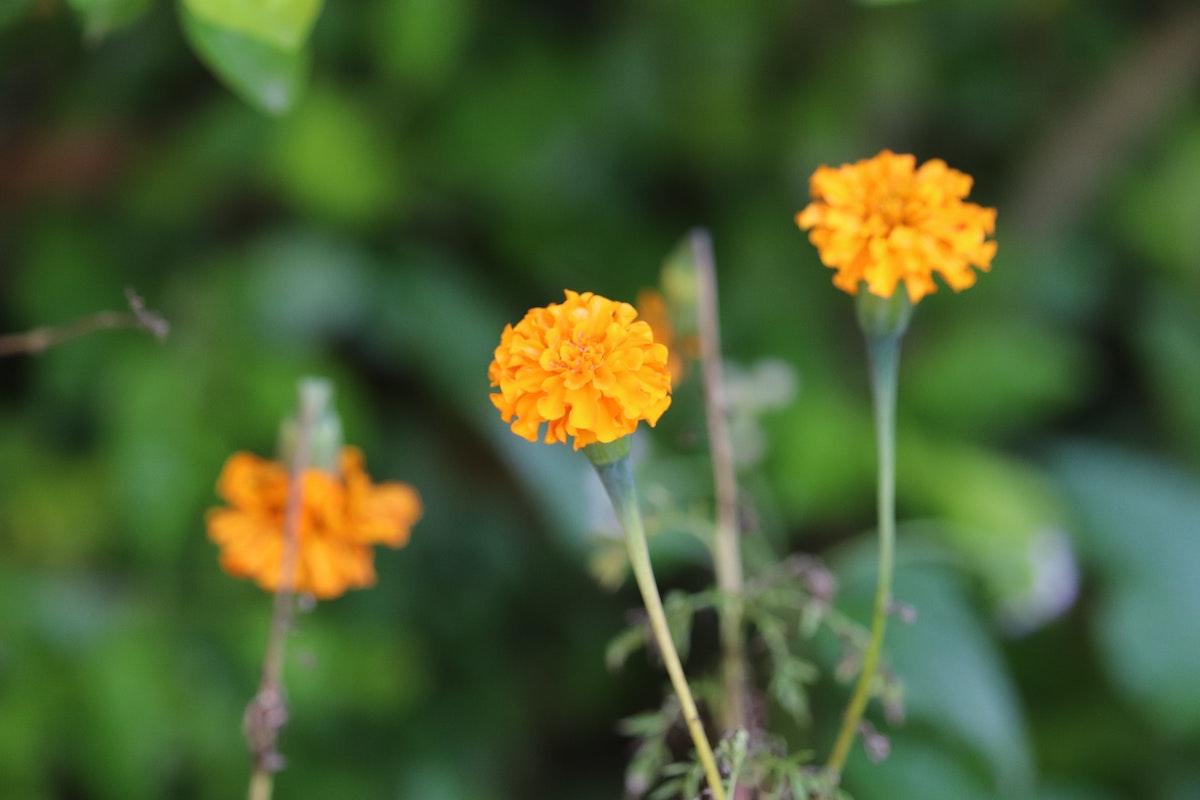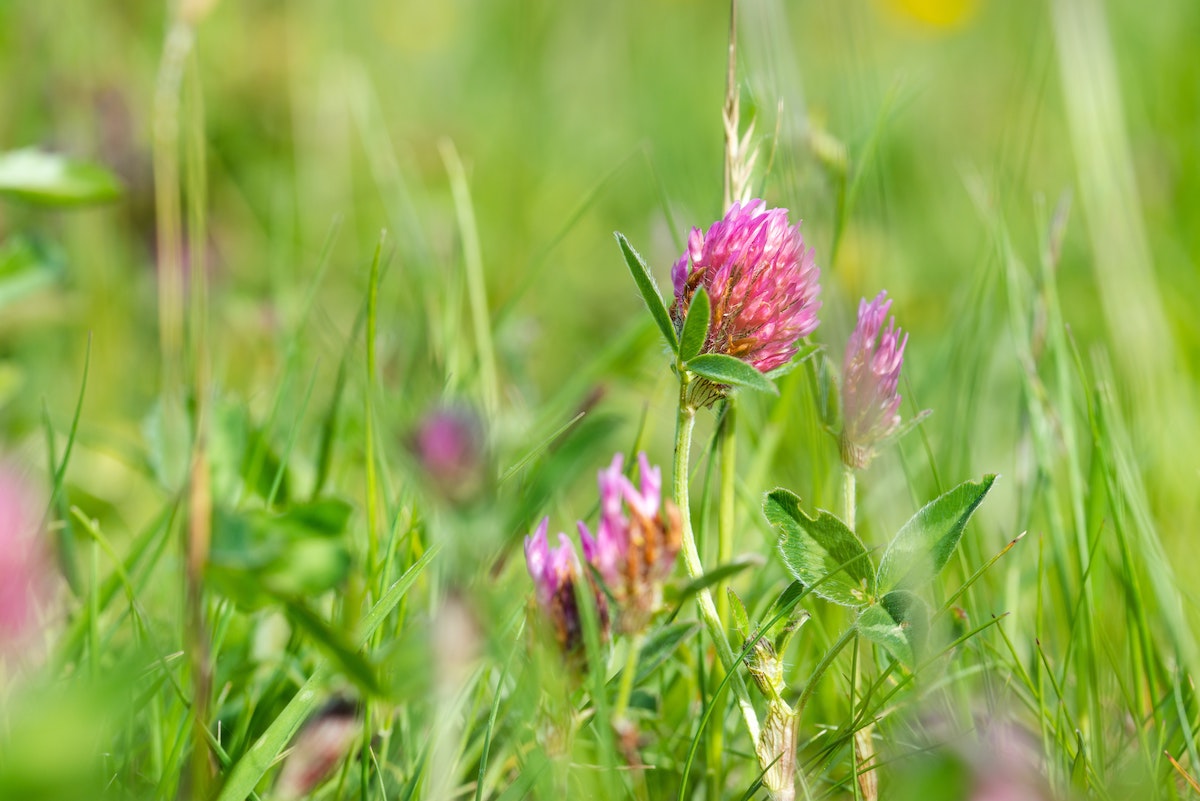Here at Lazy Susan HQ many of the team have been thinking about sustainability, and as keen gardeners, we’ve been discussing ways we can make our gardens a little "greener".
There’s no doubt it’s been a tough summer for the green-thumbed among us. One of the driest on record and prolonged spells of extreme heat has certainly made for a fair few challenges.
However, with a new growing season on our doorstep, attention is turning to what can we do to make our gardens more eco-friendly, both in terms of how we garden and what our gardens can do for the environment.
Here on the Lazy Living Blog, we’ve been predicting big things on the eco-gardening front for a number of years now, and sustainability has also been high on the agenda across the business as a whole.
We recently published a guide on how we can all conserve water and water our gardens more efficiently but that got us all thinking about what else we can do.
Shopping at eco-friendly garden centres, reducing garden waste, minimising the amount of plastic we use in our gardens and planting wildlife-friendly and pesticide-free plants are a few of the things we are implementing.

For the team here at Lazy Susan, eco-conscious gardening also makes the best use of the microclimate and natural soil conditions in your garden, and for a number of years, we’ve advocated for organic fertilisers and pesticides over harmful chemicals.
So with the Autumn planting season upon us, we want to take a closer look at some of our favourite eco-friendly plants.
Lazy Susan’s favourite eco-friendly plants and eco-gardening techniques
I suppose you could argue that all plants are organic so by their very nature, they should all be eco-friendly.
This is a fair point but it is a little more complex than that…
Similar to how the fruit and veg we eat aren’t all “organic”, many of the plants we purchase are cultivated using harmful chemicals, in peat soil and then supplied in a plastic container.
However, eco-friendly planting can help us to be better aware of what, how and where we plant in our gardens, from provenance to process (less farm to table more nursery to borders and containers) to the packaging it comes in.
It can also get us thinking about and looking at different species that are not only supplied “organically” but once in our gardens will help to give back to mother nature in some way.
Some of the ways we can do this is to:
- Plant sustainable species
- Plant native plants
- Plant drought-resistant plants
- Plant companion plants that help others thrive
- Plant pollinators
The RHS has really been focused on and championing eco-friendly gardening methods recently. The Chelsea Flower Show earlier this year saw their show gardens being judged on their eco-credentials.
This time last year they also launched their RHS Planet-Friendly Gardening Campaign, which is focused on the gardening community all trying to make small changes that will have a big impact on climate change, and Sue Biggs, RHS Director General, was quoted at the time:
“The RHS is committed to using its own community outreach work to help Britain’s 30 million gardeners make a positive contribution towards the climate and biodiversity crisis. But we can’t harness this potential alone. If we are to mobilise the biggest gardening army across the nation since Dig for Victory we need government support for Planet-Friendly Gardens. This includes funding for research and development in horticultural science as well as financially supporting community gardens in schools, NHS Trusts and public spaces.”
Here at Lazy Susan we plan to do our bit if we can and these are some of our favourite eco-friendly plants we’re planning on putting in our gardens this Autumn and/or next Spring:
1. Plum Tree (Prunus domestica)

Trees & Shrubs are a great place to start. Not only will they enhance the look of your garden and make it a much nicer place to be, but they’ll also have some serious eco-cred as Carbon Dioxide-loving broadleaved species such as oak, beech and maple will help to reduce pollution in the air.
The more trees you have in the garden, the better it is for encouraging local wildlife too. Birds, insects, squirrels, etc all need plants and trees to survive, as both a source of food and shelter.
However, if you’ve got a sunny spot with good-draining, fertile soil, then our vote goes to the Plum Tree. They’re a great fruit tree for beginners and expert gardeners alike, plus they’re cold and hardy, require very little maintenance, and once established, they’ll produce an excellent supply of fruit.
2. Climbing Honeysuckle (Lonicera)

Climbers such as Ivy and Wisteria are other great eco-friendly plants that will take Carbon Dioxide and turn it into oxygen. Just like trees, they’re also great for attracting lots of wildlife, and once fully grown up the side of your home they’ll provide additional insulation.
The Lazy Susan vote goes to Climbing Honeysuckle (Lonicera), which delivers all of the above in spades and is much loved by a wide variety of birds, bees and butterflies. My plan is to grow it around by pergola and I can’t wait to see it covered in those pretty clusters of tubular flowers in the summer.
3. English Lavender Hidcote Blue (Lavendula angustifolia)

After this summer, one of the changes many of us are looking to make is to incorporate more drought-resistant plants like Buddleia and Rosemary into our gardens. With Lazy Susan based in southern England, we found ourselves in drought and this is one way we cut down our water consumption.
Lavender is one of those plants that in the past has suffered a little from its association with sickly smelling perfumes but we think that’s incredibly unfair as it's a beautiful and highly beneficial plant. The English Lavender Hidcote Blue is easy to grow, compact, sweetly scented and much loved by bees and butterflies.
4. French marigolds (Tagetes patula)

Another eco-friendly planting technique that many of us have been introducing into our gardens is companion planting. Gardeners World has a great article that looks at this in detail and highlights some of the best plants to grow together.
It is a great environmentally sound alternative to nasty pesticides and is simply where to grow plants together which are mutually in order to repel pests, attract pollinators, add nutrients into your soil or provide protection from the elements.
Whilst not a true native plant as such the French Marigold is the plant that gets our vote. It is easy to grow and great planted alongside things like tomatoes and runner beans as it gives a strong strong smell that will keep greenflies and blackflies away.
5. Red Clover (Trifolium pratense)

Another eco-conscious planting technique that is new to us but has piqued our attention is Permaculture whereby you plant species that help keep the soil moist and nutrient-rich, reducing the amount of water needed.
Like many of the best permaculture plants, Red Clover is an excellent cover crop and an eco-gardeners best friend. It is great at preventing soil from eroding and will block out the sun to stop it from drying out in the height of summer.
The other big benefit of Red Clover is it takes nitrogen out of the air and converts it into nutrients in your soil for the plants around it, and it is edible so wildlife (especially Deer if you live in the countryside) and bees love it.
If you’ve got any photos of your Lazy Susan Garden Furniture in situ in your garden, then we’d love to see a few for our Do Some Good charity campaign!
You can tag us @LazySusanFurniture on Instagram or Facebook or email them to us at [email protected].



